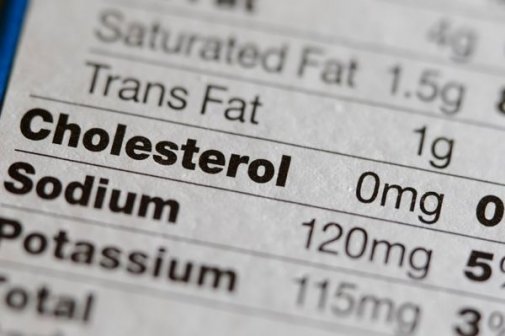Hair is approximately 80 percent protein, and is made up of tough fibrous proteins called keratin. Keratin is composed of long chains of amino acids. These chains are found within the fibers of the cortex of the hair. The amino acids comprising these chains are Cysteine (10-14%), Serine, Glutamic Acid, Lysine, Threonine, Glycine, Leucine, Valine, Arginine, Aspartic Acid, Alanine, Proline, Isoleucine, Tyrosine, Phenylalanine, Histidine, Methionine. Cysteine is by far the most abundant. A useful graphic of the composition of hair can be found at http://www.ajichem.com/en/products/amino-acids.aspx Sulfur bonds in the hair hold the chains of amino acids together. These same amino acids are the building blocks of skin and nails. Amino acids , in general, are the building blocks of the entire body.
G. Harrap reported a study on the effect of age on hair root amino acid levels. They concluded hair root amino acid concentrations fall by 32% from age 20 to 70 years of age. We might conclude that aging does affect hair protein synthesis. What would happen if there were no decline in protein synthesis secondary to an increase in free form amino acid precursor loading? Am curious that I do not see more research on this as the hair loss industry is huge.
Deficiencies of the following nutrients can be associated with hair loss: Biotin, Folic Acid, Vitamins B1, B2, B5, B6, Inositol, Essential Fatty Acids, Copper, Iron, Zinc, Protein ( especially the amino acids L-cysteine, L-methionine, L-glutathione).
Click here to continue reading this newsletter.



 When it comes to your cholesterol levels, the old adage of "an ounce of prevention is better than a pound of cure" holds true once again. It is much better to prevent a buildup of bad cholesterol in your body than it is to find yourself faced with the task of reducing your cholesterol. Let's be clear about what is meant by "bad" cholesterol. There are two types of cholesterol: HDL and LDL. HDL is good for your body, while LDL is bad for your body and is the main cause of cholesterol in the body.
When it comes to your cholesterol levels, the old adage of "an ounce of prevention is better than a pound of cure" holds true once again. It is much better to prevent a buildup of bad cholesterol in your body than it is to find yourself faced with the task of reducing your cholesterol. Let's be clear about what is meant by "bad" cholesterol. There are two types of cholesterol: HDL and LDL. HDL is good for your body, while LDL is bad for your body and is the main cause of cholesterol in the body.
